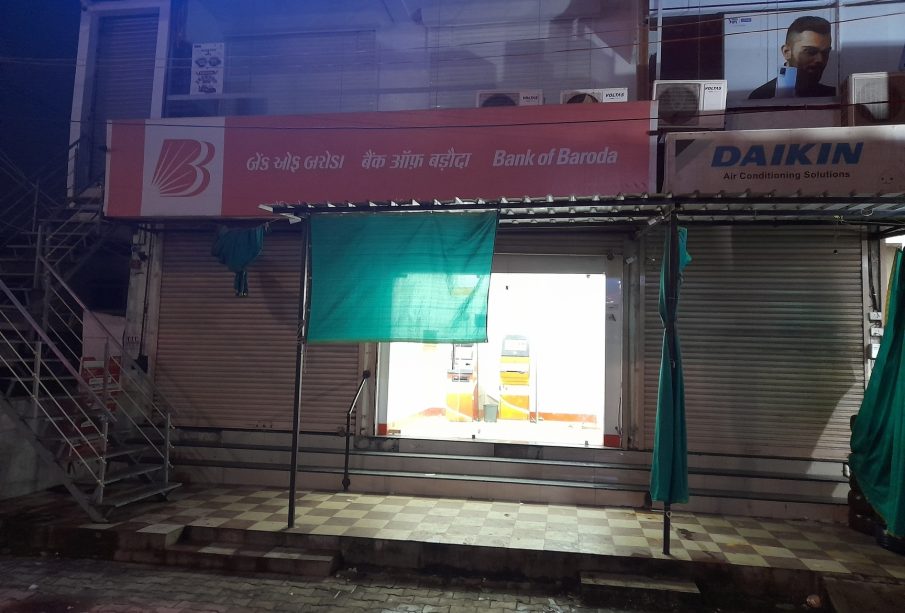Bank of Baroda: A Pillar of India’s Banking Sector

Introduction
Bank of Baroda, one of India’s leading public sector banks, has been a cornerstone of the nation’s financial ecosystem for over a century. Established in 1908, the bank serves millions of customers across diverse segments, offering a wide range of financial services. Its recent developments are crucial not only for its customers but also for the overall growth and stability of the Indian banking industry.
Current Developments
In October 2023, Bank of Baroda reported significant growth in its quarterly earnings, reflecting a sharp increase in net profit driven by higher interest income and reduced bad loans. According to the bank’s latest report, the net profit surged by 35%, reaching ₹2,200 crore, compared to ₹1,600 crore in the same quarter last year. The bank’s non-performing assets (NPAs) also saw a decline, dropping to 5.6% from 6.4% year-on-year.
Furthermore, Bank of Baroda has launched several customer-centric initiatives aimed at digitizing banking processes and enhancing user experience. The introduction of ‘Bob World’, an advanced mobile banking application, is one such initiative that has gained popularity among tech-savvy customers. This app allows users to perform transactions, apply for loans, and access banking services seamlessly from their smartphones.
Strategic Initiatives
Amid increasing competition in the banking sector, Bank of Baroda is also focusing on expanding its international footprint. Recently, the bank announced plans to establish a representative office in London, which is aimed at catering to Non-Resident Indians (NRIs) and international businesses. This move underscores the bank’s commitment to leveraging global markets for further growth.
Additionally, the bank is emphasizing sustainable banking practices by integrating green finance into its portfolio. It aims to fund renewable energy projects and startups that focus on environmental sustainability, thus aligning with India’s commitment to environmental goals.
Conclusion
As Bank of Baroda continues to evolve in a dynamic banking landscape, its recent performance and strategic initiatives hint at a positive trajectory. The bank’s focus on digitalization, international expansion, and sustainability not only enhances its market position but also contributes positively to the Indian economy. For customers and stakeholders, these developments signify a bank that is not only robust in performance but also forward-thinking in its approach to banking. Going forward, Bank of Baroda is poised to remain a crucial player in India’s financial landscape, adapting to changes while remaining rooted in its core values of trust and customer service.









